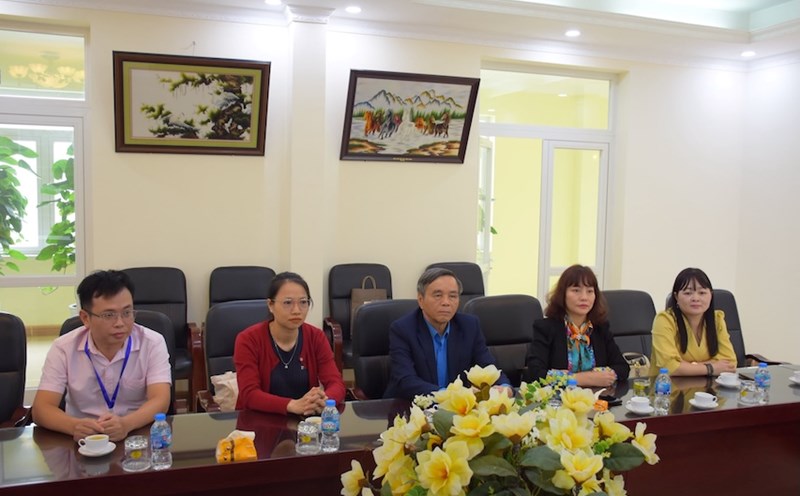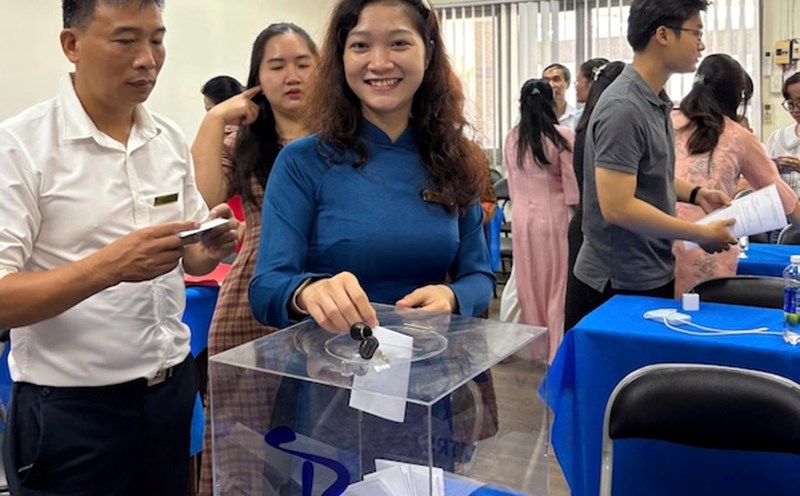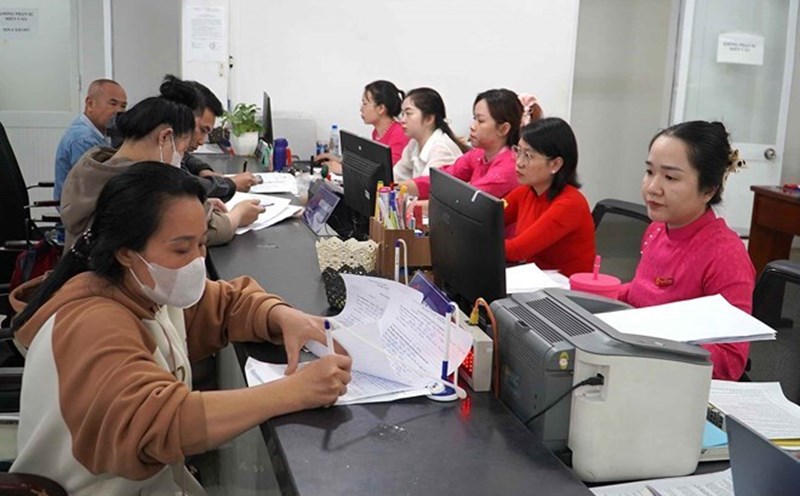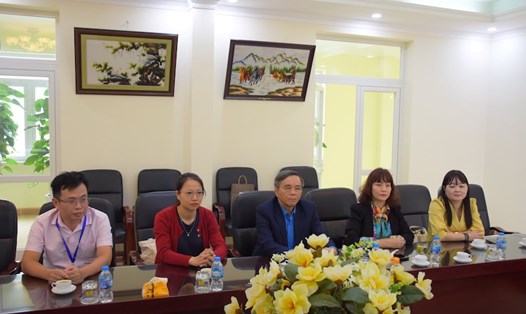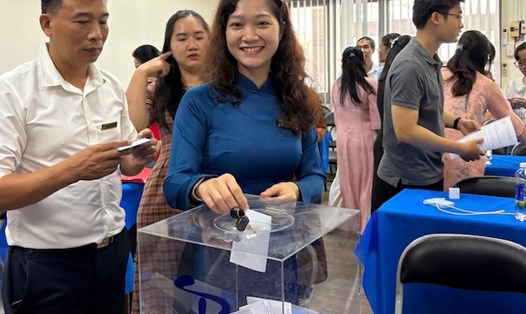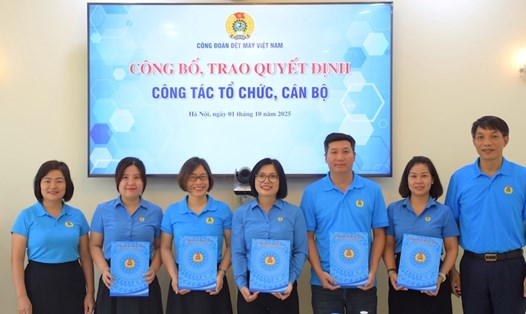Training and improving qualifications among workers in the Garment industry
Ms. Pham Thi Thanh Tam - Chairwoman of the Industry Union, representing the unit, contributed opinions to the Draft Document to the 14th National Congress of the Party.
According to Ms. Pham Thi Thanh Tam, in recent years, the movement to study and improve qualifications among workers in the textile and garment industry has had many positive changes. The union has coordinated with professionals and training units to implement many activities to encourage and mobilize learning, along with emulation programs for workers and their children.
The program "Training, fostering, improving qualifications and adaptive capacity for cadres, union members and workers" has been effectively implemented, with 50 training classes for 1,625 workers from 2023 to present. At the grassroots level, over the past 3 years, more than 181,000 workers have studied culture, expertise, skills, foreign languages, and IT.
Emulation movements such as Creative Labor Festival, Skilled Workers' Competition, or models such as "Skilled work to become a skilled worker", "Each sewing line is a vocational class", "Workers' learning corner - Trade Union Bookcase" ... are maintained enthusiastically, contributing to creating a regular learning environment, helping workers improve their qualifications and professional skills.
Not only for employees, trade unions at all levels also organize many programs to encourage employees' children to study and practice. Including an annual reward program for children of workers called "Flying high on dreams"; "Accompanying children to school" scholarship; "Studying for children" program; "Solving on the wing" contest.... At the grassroots level, training funds, scholarships, rewards, and entertainment programs are organized and attract a large number of workers to participate.
Clearly recognizing the role of retraining and advanced training
President of the Vietnam Textile and Garment Trade Union Pham Thi Thanh Tam said that the Vietnam Textile and Garment Trade Union agreed with the comprehensive innovation thinking of the Draft of the 14th Congress of the General Confederation of Labor on education - training, especially lifelong learning and building a learning society as a strategic orientation for the development of Vietnamese people in all aspects.
From the reality of the Garment industry, where there are more than 2.5 million workers, mainly workers directly involved in production, high school graduates and below, the industry's trade unions see some contents that need to be supplemented, clarified and concretized, so that education - training is truly linked to the labor market, production and the development of the modern working class. One of them is to add the idea: Vocational training must be closely linked to the needs of businesses and the labor market. Clearly recognizing the role of retraining and advanced training in the context of rapid and strong development of science and technology, increasingly high job requirements in the section: Enhancing vocational orientation right from high school; focusing on traffic flow after junior high school and high school. Develop high-quality vocational training schools at regional and world level. Diversify training types and training facilities; comprehensively and universally transform digital and strongly apply digital technology and artificial intelligence in education and training; ensure lifelong learning conditions for people".
In the section "Promoting the building of a lifelong learning society, developing models, methods, and learning movements towards diversification, suitable for all subjects and localities" can add "each industry, field". In the section "Fundamentally innovating mechanisms and policies for finance and investment in education and training", it can be clarified by proposing in practice "There is a mechanism to encourage businesses to invest in training, fostering, and improving vocational skills and digital skills for employees; enjoy preferential tax, credit, and reward policies for businesses that have done a good job of training and human resource development", in order to link business responsibility with human resource development strategies.
In part IV, Appendix 3, Ms. Tam's contribution can add a qualitative indicator for employees directly trained to improve their skills and digital skills.

